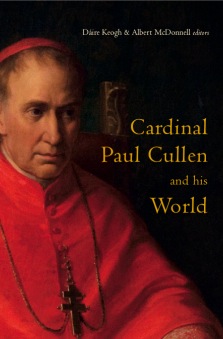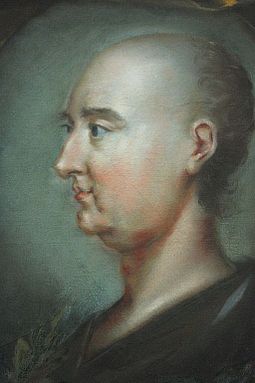30 October 1651: Bishop Terence Albert O'Brien/Toirdhealbhach Albert Ó Briain, Dominican was hanged and beheaded at Gallow's Green, Limerick. He was born into a well-off farming family near Cappamore in east Limerick in 1601. He became a Dominican in 1621 taking the name Albert. He studied in Toledo, Spain, where he was ordained in 1627. Returning to Ireland, he served as prior in Limerick and Lorrha near Portumna before becoming Provincial of the Irish province in 1643. He attended the general chapter of his order in Rome in 1644. In 1647, on the recommendation of Rinuccini, he was consecrated Bishop of Emly. He was one of the prelates who, in August 1650, offered the protectorate of Ireland to the Duke of Lorraine.
He endured the siege of Limerick by Ireton, the son in law of Cromwell. After the siege ended in 1651, O'Brien, who had encouraged the citizens to resist, was captured as he tended the sick in the plague house. Tried by court-martial, he was condemned to death. Two other Dominicans, Fathers John Collins and James Wolf, were executed at the same time.
As he went to the gallows, he spoke to the people:
"Do not weep for me, but pray that being firm and unbroken in this torment of death, I may happily finish my course."
After his death by strangulation his body was left hanging for three hours and treated with indignity by the soldiers. They cut off his head and spiked it on the river gate where it remained fresh and incorrupt, because, people said, he had preserved his virginity throughout his life. His headless body was buried near the old Dominican priory of Limerick, a wall of which still stands in the grounds of St Mary's Convent of Mercy.
On 27 September 1992, O'Brien and sixteen other Irish Martyrs were beatified by Pope John Paul II. A large backlighted portrait of him is on display in St. Michael's Church, Cappamore, Co. Limerick, which depicts him during The Siege of Limerick.




_p370_THOMAS_RUSSEL.jpg/330px-MADDEN(1888)_p370_THOMAS_RUSSEL.jpg)









